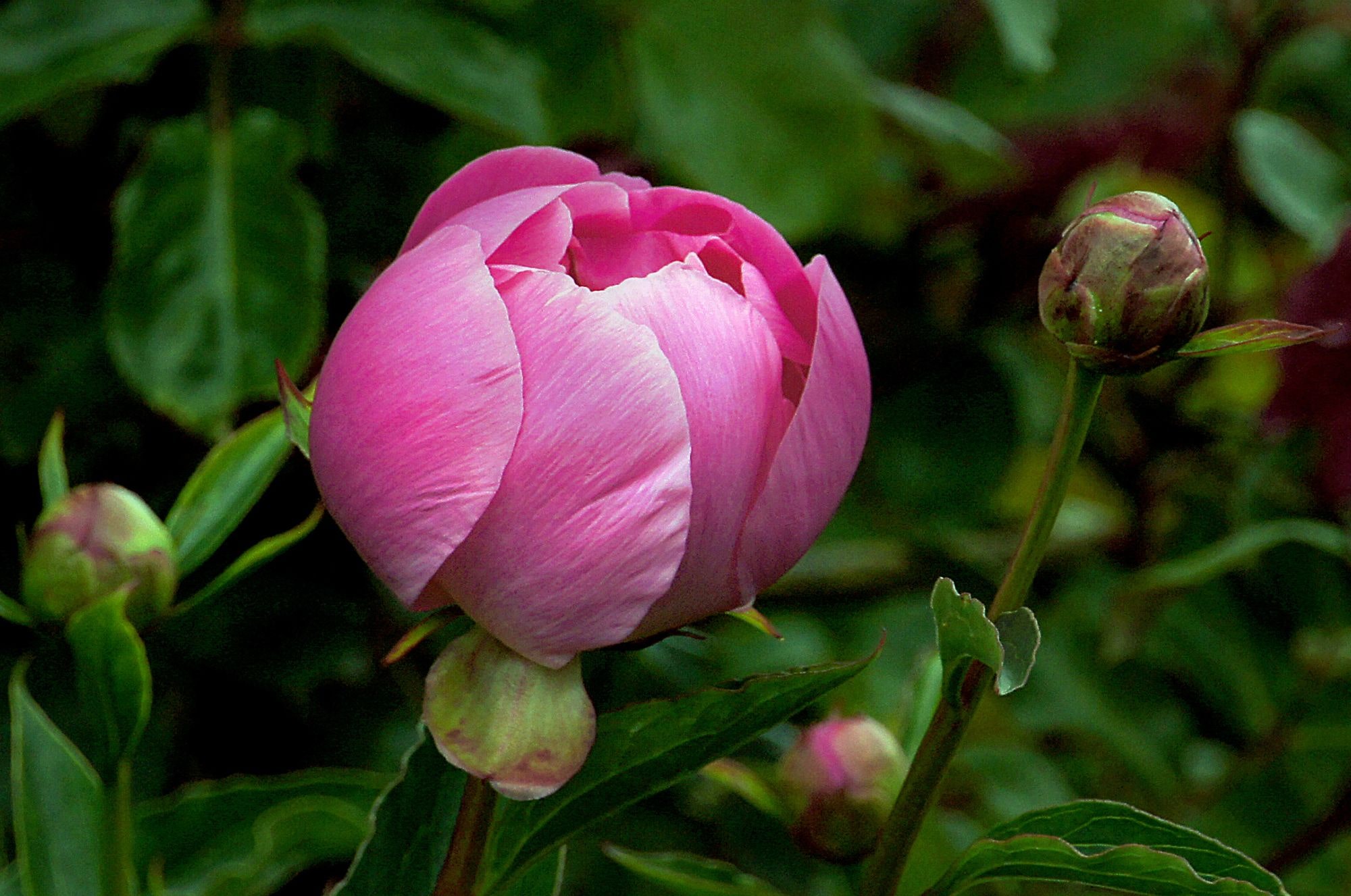From Magic to Microscope
Section 04
Curing with
Signatures

Head, Epilepsy, Peony, Aries

Diagram showing the correspondence between human body, medicinal plants with signatures, and constellations. Athanasius Kircher, Ars Magna Lucis Et Umbrae (Amsterdam, 1671). First edition 1646. Image from Smithsonian Libraries, Public Domain.

In Kircher’s diagram of signatures, peony (Latin: paeonia) was listed among the plants that correspond to the head, and cure brain diseases such as epilepsy. The head is governed by the constellation Aries, so peony is also a plant of Aries. Fabricius also drew a human head beside a peony flower in the illustrations of his thesis, quoting chymist Oswald Croll’s words that peony flowers look like the head, and could cure epilepsy.
However, using peony to cure epilepsy was not only a theory based on astrological correspondence or visual resemblance, but also a remedy that has long been used by people, and verified by experience ever before the doctrine of signatures.
As herbalist Nicholas Culpeper said:
‘The Root of the Male Peony fresh gathered, hath been found **by experience** to cure the Falling-sickness (epilepsy); but the surest way is to take the Root of the Male Peony washed clean and stamped somewhat small, and lay to infuse in Sack for twenty four hours at the least, after strain it, and take it first and last, morning and evening’.
— Nicholas Culpeper, English Physician, 1652
In early modern Europe, we can find many recipes for epilepsy in which peony is the main ingredient. Like this:
“Treacle-water for the head, helping all paines of the same, proper for the Apoplexie, Epilepsie, Palsey, and such like.”
Take of the rootes of Peony, of Misselto, of common Acorns or Cane, of each three ounces. Of ripe Iunipar berryes, and of the seeds of Peony, of each, one ounce… and infuse them by the space of 3. dayes, by the heat of a hote Balne, in white wine of the best, 2. pound: and with the waters of Peony, Sage, and of Mary-goldes, of each one pound.
— Joseph Duchesne, Chymical and Hermetical Physick, 1605

Image of peony flower, Public Domain.
In Treatise on the external signatures of simples (1603), Joseph Duchesne described the process of confirming a signature of herbs as a two-step verification, both by observation of resemblance and by experience.
‘We wished to expose to the eyes of the reader, what has impelled both ancient and modern philosophers and physicians of great name, to the thorough investigation of these signatures: When they saw something that bore resemblance to the parts of our body, they suddenly conjectured by observation the resemblance of things; then as said, having confirmed that very matter by experience, their opinion that was only conjectural, became certain & indubitable’.
'Panacea' Elderflower
Signatures provided a convenient method for physicians to systematise traditional remedies and popularise useful medicinal plants. One example is the elder, whose flowers, berries and trunks were all popular medicinal ingredients in early modern England. According to physician Martin Blochwich’s Anatomy of the Elder, the elder tree has three signatures: its spotted flowers have the signature of face pimples, against which one can use a decoction of elderflowers; the yellowness of its middle bark is the signature for yellow bile, suggesting its effect for yellow jaundice; and the soft and malleable part inside the bark has the signature of dropsy.
As London physician Richard Bunworth said:
‘(The doctrine of signatures) brings private remedies of specific medicaments, into the common theatre of Physick’.
— Richard Bunworth, Homotropia Naturæ, or, The Uniformity of Nature’s Motion. A Physical Discourse, Exhibiting the Cure of Diseases by Signature (London, 1656).

Pharmacy ointment jar inscribed with ‘U:FLo:SAMB (Ointment of Elderflowers)’. English, late 18th century. Wh Ac 1245







